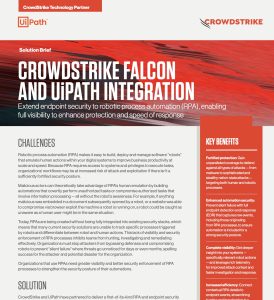automation workflows in UiPath
UiPath is a software robot that makes it easy to automate workflows. It can be used for many different types of automation, from simple tasks to complex business processes. It can also be used to help you achieve a better ROI by enhancing operational performance.
uipath online training offers several ways to automate workflows, including sequences, flowcharts and state machines. These are all designed to simplify the process of developing automation. They are also a great way to build and test your workflows before they are deployed.

Workflows are a crucial part of digital transformation because they automate the moving of data between applications. These are the core of a lot of the processes that run in modern enterprise organizations. Examples include patient management and accounting.
What are the different types of automation workflows in UiPath?
They also reduce the need for human intervention, which is a major benefit to any company. In addition, they make the process more scalable and resilient in the face of change.
The first step in UiPath Tutorial for Beginners workflows is to decide what data is needed and where it should go. You can use the Variables panel to define what information should be accessed in each stage of the workflow.
Once you have defined your workflow, you can create a trigger to start it up. This can be anything from a user-defined button to an automated alert that happens when a certain event occurs.
Using workflows is an essential part of the UiPath product line because it allows you to build and deploy automation across the entire range of platforms. It also provides a unified approach to governance, compliance and scalability, so that you can deploy your automation consistently without losing security or compromising performance.
You can easily create new workflows in UiPath by clicking on the ‘New Project’ button. You can also use the ‘Save’ feature to save your workflow as a ‘template’ that you can reuse in future projects.
In order to build more complex automation, you will need to pass and store data between multiple workflows. To do this, you will need to create “arguments”. Arguments are a type of variable that can contain values or results from other workflows.
It is important to understand that if you want to pass data from one process to another, the arguments must be serializable. This is because it allows you to encapsulate data into objects that can be passed from one process to another. You can also use this to control the timing of the data flow.
Debugging in UiPath is a powerful tool that allows you to check if your workflows are working properly. It enables you to collect and reveal errors with breakpoints and logging. You can even pause the workflow and monitor its progress at a specific point to see what’s going on at that time.
You can also run a workflow in isolation, which will start the workflow in a separate session. This is a great way to ensure that data from one process does not accidentally end up in another. Typically, the best practice for this is to keep all of your variables in the innermost scope of your workflow. This will reduce clutter in the Variables panel and will also allow you to keep the autocomplete limited to only what is relevant at a particular point in the workflow.